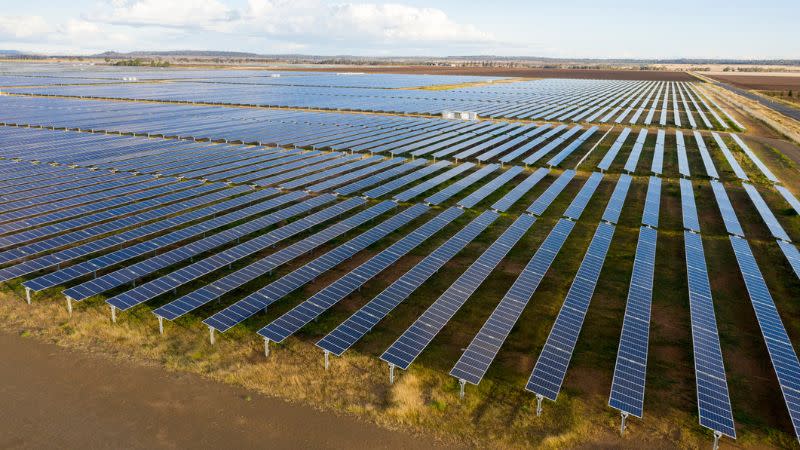Feds Hand WA $3bn to Modernise Power Grid

The Western Australian government has signed a deal with the federal government to jumpstart the modernisation of the state’s electricity grid.
A $3-billion deal to expand the grid in Perth, the south-west and the north-west Pilbara region will be funded through concessional loans and equity investments from the Clean Energy Finance Corporation.
These loans will be used not just to upgrade transmission in the South West Interconnected System (SWIS) and the North West Interconnected System (NWIS) but also to build projects.
New key projects to be funded were identified through the state’s demand-assessment processes with modelling by the Australian Energy Market Operator that showed the need for more investment in transmission infrastructure.
The Commonwealth-Western Australia Rewiring the Nation deal is estimated to support 1800 construction jobs and allow for future projects across the state.
“What this is about is providing support for private sector activity, but by changing the commercialisation, essentially, of projects,” Prime Minister Anthony Albanese said.
“We need to upgrade the grid so that renewables can fit into the grid, simply.”
“Our energy grids were built for a time where solar panels were things on pocket calculators, not powering households and industries.”
As the state’s main network, the SWIS, serves more than 1.1 million residential and business customers in Perth and the south-west from Kalbarri to Albany and Kalgoorlie.
The projects planned for the SWIS will be renewable energy projects and renewable generation hubs with the modelling showing that in two decades, the SWIS will need to have five times more electricity than today.
This demand is primarily being driven by an expected increase in new industrial users connecting to the grid.

Pilbara’s NWIS is composed of standalone networks owned by either private companies or public entities with less than 2 per cent of the energy being derived from renewable sources.
The agreement will increase that percentage while ensuring existing infrastructure upgrades can go ahead.
It builds on a state initiative, the Pilbara Industry Roundtable, which included major resource companies.
“The agreement has been informed by WA government modelling, specifically from the South West Interconnected System Demand Assessment and the Pilbara Industry Roundtable process,” Western Australia’s energy minister, Bill Johnston, said.
“It is expected the private sector will largely fund the cost of renewable energy generation and transmission infrastructure in the Pilbara, to the tune of 10s of billions of dollars over the coming decades.”
The Prime Minister also mentioned the growing need to decarbonise.
“I visited Karratha and saw firsthand the economic power of the Pilbara—as the global economy decarbonises we need to provide opportunities for regions like the Pilbara to be powered by as much renewable energy as possible,” Albanese said.
“Rewiring the Nation will help future-proof WA’s energy supply, while also creating new jobs in energy, mining and manufacturing.”













